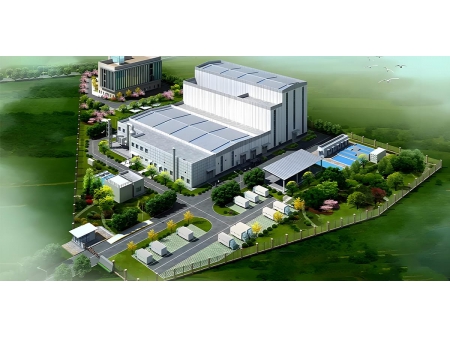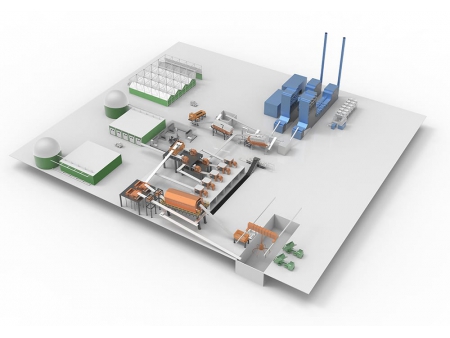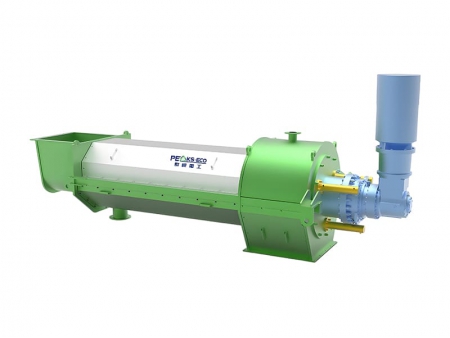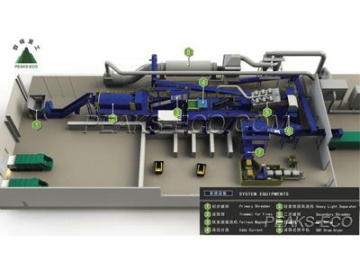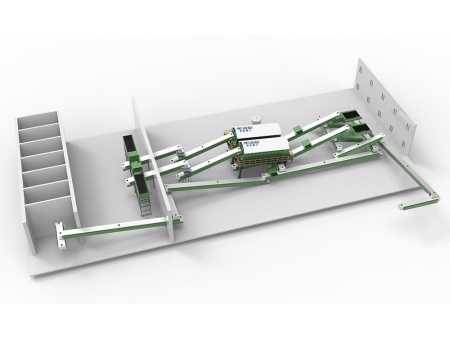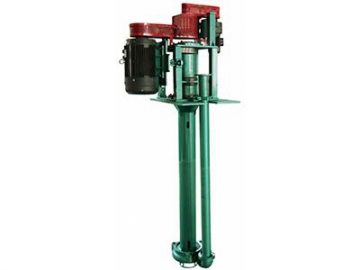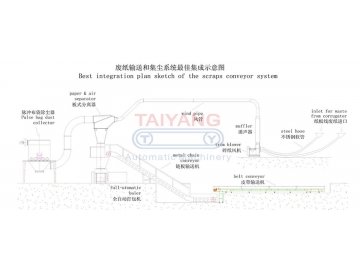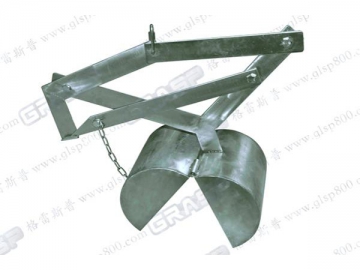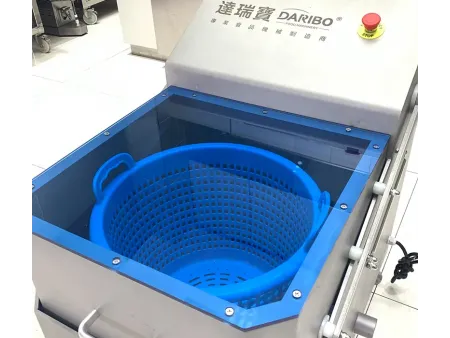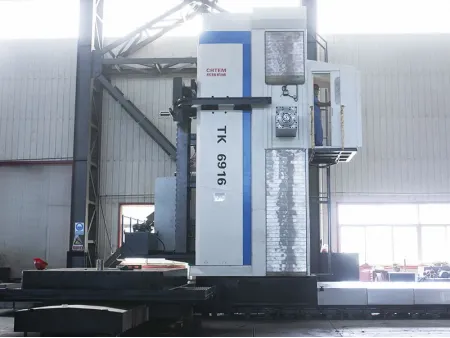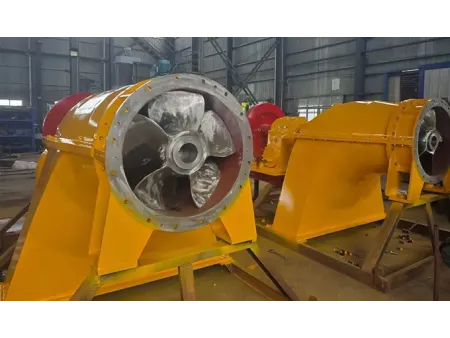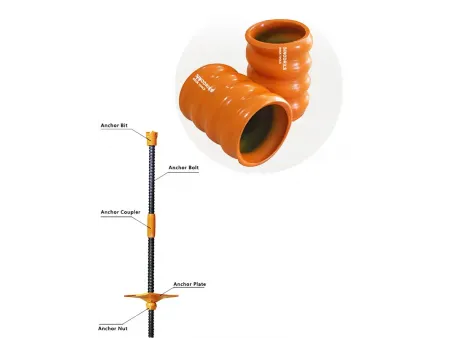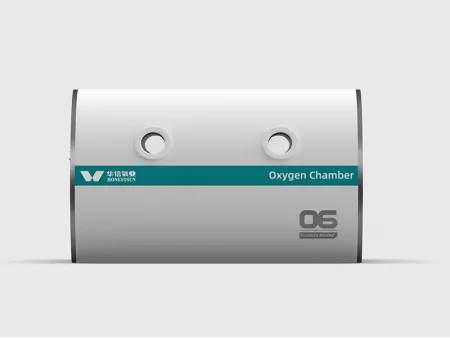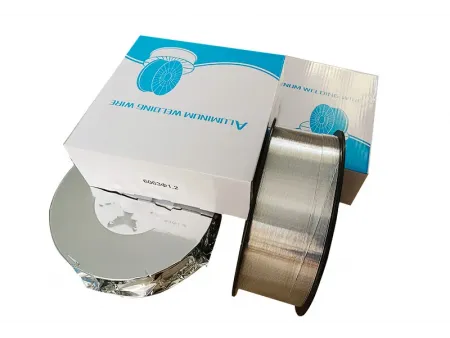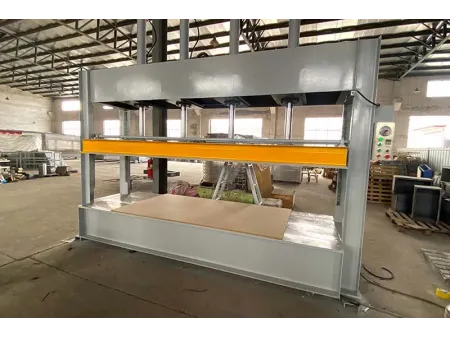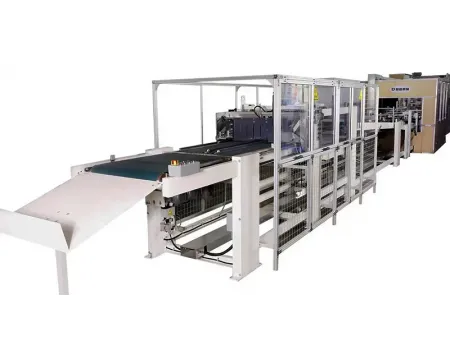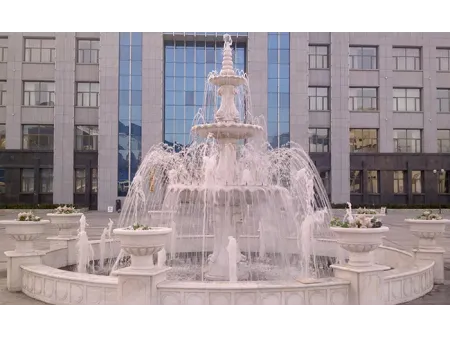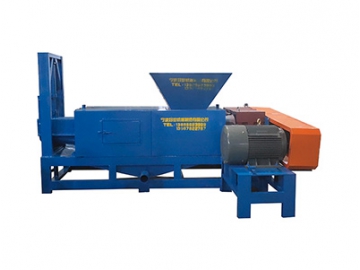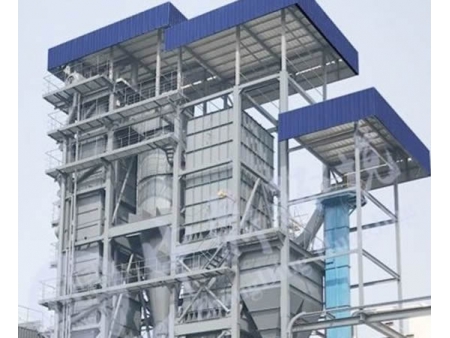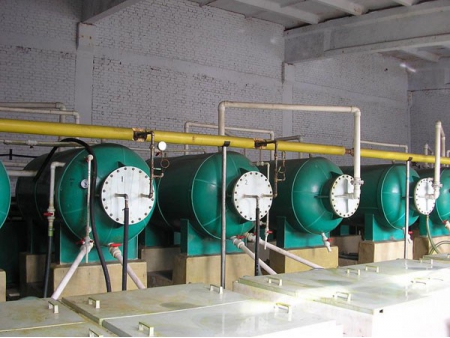Waste Sludge Dewatering System
Request a Quote
After undergoing harmless and stabilization treatment, sludge can be utilized in various industries such as agriculture and manufacturing, achieving both environmental protection and resource recovery goals.
Sludge Drying Treatment Methods
Thermal Drying Technology
- Indirect Thermal Drying: Sludge is heated indirectly using mediums such as steam or heat transfer oil (e.g., drum drying, thin-layer drying).
- Direct Thermal Drying: Hot air directly contacts the sludge (e.g., fluidized bed drying, rotary kiln drying).
- Applicable Scenarios: Suitable for large-scale projects requiring rapid volume reduction.
Solar Drying
- Utilizes the greenhouse effect, relying on solar energy and natural ventilation to evaporate moisture.
- Advantages: Low energy consumption and ideal for regions with abundant sunlight; however, it requires large land area and efficiency depends on climate conditions.
Mechanical Dewatering and Drying
- Sludge is first mechanically dewatered using centrifuges or plate-and-frame filter presses, followed by thermal drying to further reduce moisture content (e.g., from 80% to 30%).
Combined Drying Technology
- Integrates thermal drying with biological drying (such as aerobic fermentation) to enhance efficiency and reduce energy consumption.
Why Choose the Sludge Drying Treatment
Volume Reduction
- Moisture content reduced from over 80% to 10%-30%, shrinking sludge volume by 60%-90%, significantly lowering transportation and disposal costs.
Stabilization and Harmlessness
- High temperatures eliminate pathogens and parasite eggs, reducing odor and secondary pollution risks.
- Post-drying, sludge’s chemical properties become more stable, facilitating subsequent handling.
Resource Utilization
- Fuel: Dried sludge has a higher calorific value (2,000–4,000 kcal/kg), usable as auxiliary fuel in cement kilns and power plants.
- Building Materials: Can be used in brick making, lightweight aggregate, or roadbed materials.
- Land Application: Properly treated dried sludge meets standards for landscaping or soil amendment.
Cost Reduction in Disposal
- Reduces landfill volume (mitigating leachate issues) or incineration amount (lowering auxiliary fuel consumption).
High Flexibility
- Moisture content can be adjusted based on final disposal needs (e.g., below 60% for landfill, ≤30% for incineration).
Related products
Send Message
Other Products
Most Recent
More
Other Products
Videos
